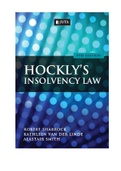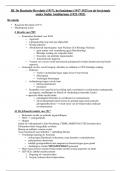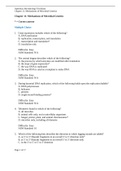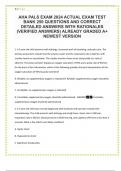Other
Hockly's Insolvency. Law (9e). Edition: 9th Edition. Publication date: 2012. Author/Editors: Sharrock, R van der Linde, K. Smith, A.
- Institution
- University Of South Africa (Unisa)
Hockly's Insolvency. Law (9e). Edition: 9th Edition. Publication date: 2012. Author/Editors: Sharrock, R van der Linde, K. Smith, A.
[Show more]







